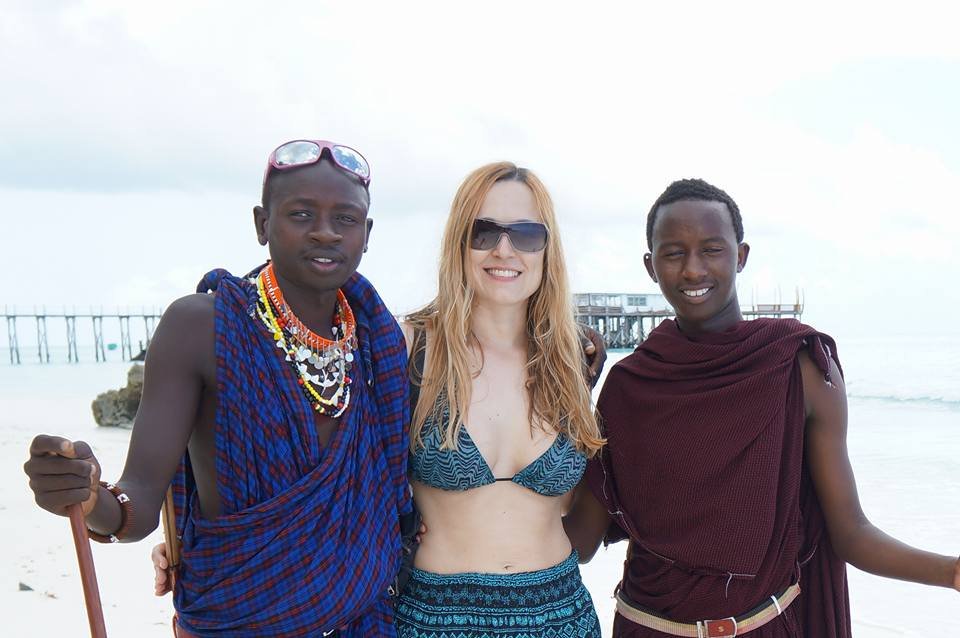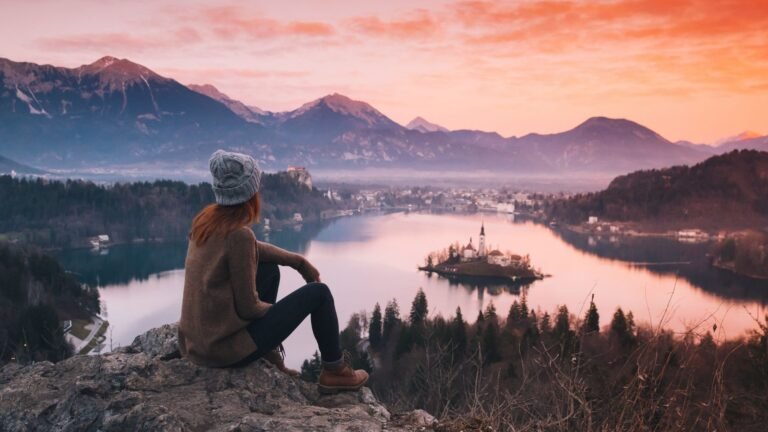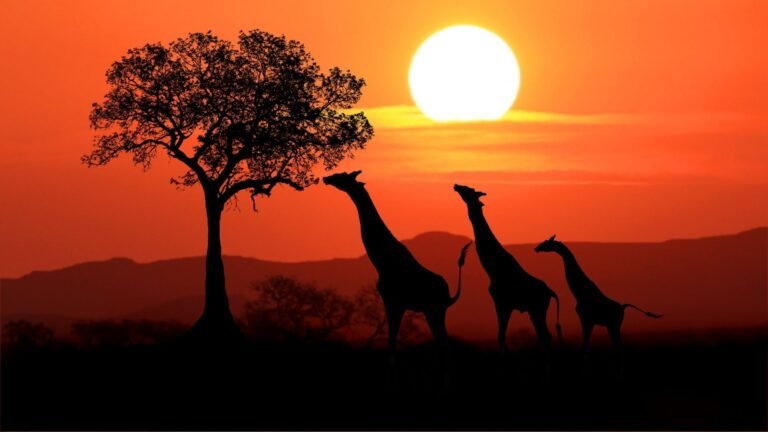In Zanzibar, we had the incredible experience of meeting various exponents of the Masai tribe. How? Simply talking with them on the beach and going to lunch where they normally eat. We went with the Masai group to eat at a restaurant where they usually meet at the north of Zanzibar, Tanzania, we ate with our hands and drank from a shared jar with dark water that had been previously boiled.
In their beginnings, they were a nomadic tribe of warriors and shepherds mainly located in Tanzania and Kenya. Even today they keep many of their habits, rituals and initiation ceremonies. Its activity is mainly livestock (goats, cows and sheep). Many of them are semi-nomadic, they change places so their animals can graze on different lands. They live with cattle raising, take the blood of their animals, their milk, eat their meat and even make butter. They also extract honey from honeycombs and make a kind of fermented yoghurt mixed with blood to drink. They have tribal dances in which they sing and jump, beat the drum and organize lion hunts to show their masculinity and the passage of the young to adulthood. They speak Maa which is an oriental Neolithic language and Swahili, but nowadays some of them also speak English and even have cell phones. The symbol of power is represented by the number of animals that a Maasai owns, which will also help when it comes to getting married. From a very young age, they are taught to take care of animals, to recognize plants and to find the best pastures to feed them.
They have villages of huts built with adobe, manure and branches. To become an adult warrior, a Maasai had to hunt a lion with their spear and also at the age of 16, he needs to be circumcised. Today, for the protection of lions and the risk of extinction, only a ritual ceremony is performed. Polygamy is common for the Maasai, as it is for many of the African tribes. Marriages are arranged by the parents when the children are still young, according to the number of animals that each family owns.
Maasai women and youth are the mainstays of their social structure, in charge of building huts, cooking, milking animals, and cleaning. The children from an early age help to watch over the animals while the men go out to look for suitable pastures for grazing. They make fences with branches to protect the settlement from predators and to keep their livestock safe.
They dress in brightly coloured cotton, knotted over the shoulders and make decorative crafts in their spare time. Many of those crafts are used to decorate their bodies with necklaces, bracelets and earrings (they even enlarge the holes in their ears to decorate them). Their traditional religion is monotheistic (their god is Ngai), in each tribe they have a prophet who predicts the future and who acts as a judge in case of conflict. The prophet is also in charge of performing ceremonies for rain, fertility and others. Due to cultural exchanges, today some of the Maasai converted to Christianity. The grass for them is sacred and it’s present in their dances and rituals as a symbol of their subsistence (because they need it to feed the animals). Elders come together to make important decisions that involve the community.
The Maasai traditionally practised female genital operations to mark the transition of girls to adulthood. This aberrant practice consists of totally or partially removing the female genitals: only the clitoris (clitoridectomy): the clitoris and the labia minora: or the clitoris, the labia minora, and the labia majora (infibulation that in some cases also involves narrowing the vaginal opening). Although this procedure is currently illegal, many cultures in the Middle East, Asia and Africa still perform it by force on girls and adolescents. What’s their objective? In their beliefs, they maintain the status of “purity” in women, facilitate marriage and/or promote male pleasure. Of course, that practice not only makes the girls lose the possibility of feeling pleasure and sexual desire but also this type of mutilation leads to serious physical and emotional problems. Normally they do not even have minimal hygienic measures to prevent infection, and in the case of infibulations, the risks of infection are further prolonged. Unfortunately in their culture they believe that girls who are not subjected to this mutilation will not be healthy, that they are not clean, they will not be respected, and they won’t be able to marry, even the same mothers and grandmothers press many times to perform the ritual. We ask about this procedure to the Masai people and they told us they don’t do that anymore.
Traditionally, the Maasai culture encouraged the theft of livestock from other communities, which has evidently generated conflicts with those settlements. Nowadays, due to the privatization of lands, the fencing of natural parks and the mixing of the Masai with other tribes, little by little many of them were forced to venture into agricultural activities, the sale of handicrafts and shows for tourists to survive.
Continue reading and seing the pictures of Zanzibar Island.








